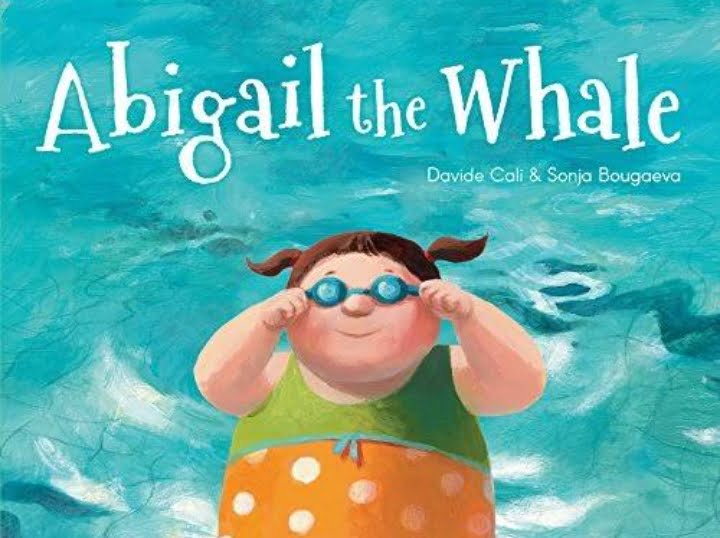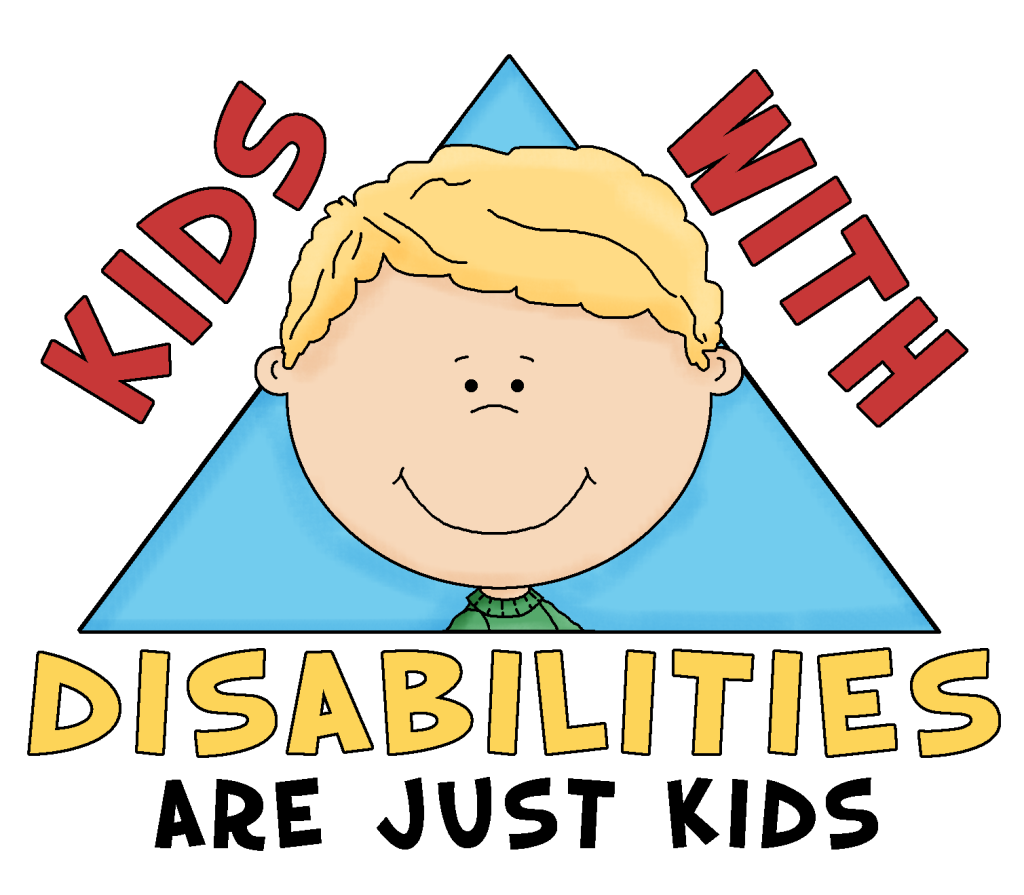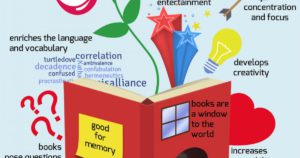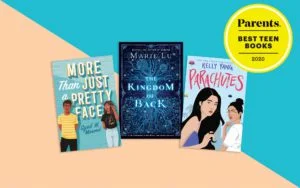Why is it important?
Boys and girls are both under pressure to maintain a certain weight, shape, and size. Boys, on the other hand, are more likely to have anxieties about being too short or lacking in muscle mass, whilst girls are more concerned about being overweight.
If children are not taught to be confident in their bodies and that all bodies are acceptable, they are more likely to develop eating disorders, mood disorders and anxiety disorders. According to studies, youngsters as young as 5 years old begin to discuss physical issues.
As a result, it’s critical for parents to begin these discussions as soon as possible. Experts describe how parents can start teaching their children about body positivity even before they reach kindergarten.
From an early age, children look up to their parents, thus avoiding negative body talk is crucial for everyone in the family. Parents that are confident, comfortable, and healthy create a favourable environment and a more secure child.
Julián Is A Mermaid
Julián Is A Mermaid, written and illustrated by Jessica Love, is a must-read for anyone, but especially for small boys who have been made to feel “too girlie” or “too much.”The friendship between Julián and his Nana is undoubtedly the most lovely element of the story. Nana is a constant source of encouragement along with body positivity.
Nana sends Julián to a place where he may be around many other beautiful mermaids as he begins to exhibit his love of mermaids and all things feminine. Thus, illustrating that self-acceptance actually does begin at home.
Amanda’s Big Dream
Amanda’s Big Dream, written by Judith Matz and illustrated by Elizabeth Patch, reminds us that our fears are learned behaviours that may be unlearned.
Amanda is a happy ice skater who is comfortable in her own body and skin. Until her coach proposes she drop weight so she can get closer to the ice during a spin.
Fortunately, Amanda has the kind of doctor and parents that all children should have kind and sensitive people. Further, who understand that worth and health do not begin and finish with physical size. And she is able to overcome the bigotry she has faced and rediscover her love for the sport.
Abigail the Whale

The book Abigail The Whale, written by Davide Cali and illustrated by Sonja Bougaeva, shows how dangerous normal, regular activities can be for overweight children. Despite her love of swimming, Abigail is terrified of making a huge splash when she jumps into the pool. When she does, the other kids ridicule her, saying, “Abigail is a whale.” She comes to realise that a mental shift could help her feel more confident in herself.
She may not be able to prevent the children from becoming fatphobic. But she may revel in the fact that she is a “super whale” capable of making spectacular splashes.
Rot: The cutest in the world!
Rot: The Cutest In The World! is a tale about a mutant potato who is different in colour, size, shape, and general aesthetic from all the other adorable, furry creatures in the land. It is written and illustrated by Ben Clanton. No one believes he can beat the “itty-bitty baby bunny with fluffy floppy ears”. Or the “eenie-weenie pink and peppy merry jellyfish” when he enters a beauty contest. But he does.
Rot learns that our bodies aren’t nearly as intriguing as the personalities housed within them. This is a simple but highly compelling tale of inner beauty and self-worth.
Love your body
Love Your Body is an excellent introduction to progressive consciousness for youngsters aged 5 and up. This book will teach your children about the many variances that occur between people’s bodies. Including and celebrating diversity in size, ability, colour, ethnicity, gender presentation, body hair, and more.
The book also contains self-care advice for youth who are already dealing with body shaming. It also has suggestions for how to respond to bad body language. Love Your Body is a true celebration of all the things our bodies are capable of, even if those abilities differ from those of other people’s bodies.
What you can do as a parent
Invite your youngster to think about the qualities they admire in themselves. Concentrate on non-physical qualities like being intelligent, kind, amusing, or a wonderful friend.
Teach your child to value themselves and others for who they are on the inside rather than how they appear on the outside. When your child begins to pay attention to the news and social media, it’s critical that they learn to ingest messages with awareness.
Take the time to explain our society’s demands and unattainable ideals. Teach your youngster how to interpret media information and to tune out negative influences.
Hence, keeping that in mind let’s know some more of these simple books for better help-
I Like Myself
A little girl knows she is special no matter what she does, where she goes, or what other people think because “I’m ME!” in this hilarious and high-energy ode to self-esteem. That she is capable of doing so even when she is not at her best. She’s still the same person underneath when she wakes up with magnificent bedhead. Adults will appreciate the celebration of individuality, while children will enjoy terms like beaver breath, stinky toes, and more sillier things.
Brontorina
Brontorina Apatosaurus aspires to be a dancer, and while she is graceful, she is also enormous! Clara and Jack are the only two pupils that encourage Madame to let her join in when she arrives at Madame’s dance studio. Brontorina, despite her better judgement, proves to be exceedingly elegant but also quite tall, crashing into the ceiling. Is the issue, however, truly Brontorina? This charming and hilarious storey urges children to value skill and heart over appearance, and to remember that many “rules” about how people should look can be easily changed.
The Colors Of Us
When Lena wants to create a self-portrait and claims her skin colour is just plain brown, her mother encourages her to look more attentively at the numerous hues of skin all around her. Lena notices skin that looks like honey, pizza crust, ginger, peaches, chocolate, and more as they travel around their neighbourhood. It turns out that “the colours of us” are far more diverse than she had previously realised. The lesson of this book will cause your children to take a fresh look at the people in their lives.
Mabel: The Mermaid Fable
Mabel’s mother, father, and even her newborn brother all sport magnificent moustaches, but Mabel’s face is bare. And, despite her best efforts to hide it with seaweed falsies and shells on her nose, her peers continue to taunt her relentlessly.
Then she encounters Lucky, a seven-legged octopus who, like her, feels out of place. It’s not long until he and the sweet Mabel form a bond that allows them to be themselves! Kids will enjoy this narrative of self-acceptance and camaraderie, which is filled with bright drawings of Mabel’s underwater environment.
Share with your friends





